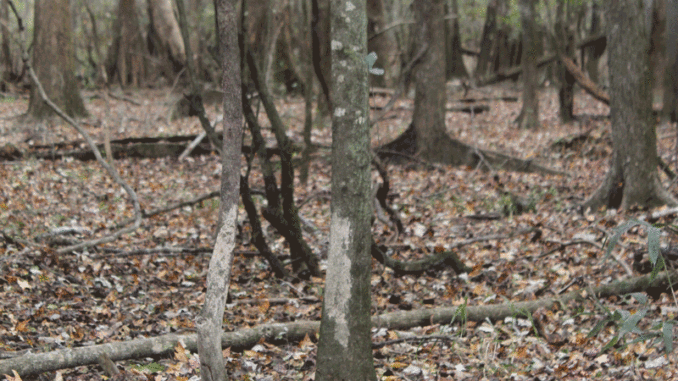
Even with hogs spread across South Carolina, a lot of people have never seen a wild hog and are surprised to hear of people hunting them. While it may be difficult for the average property owner to see a wild hog, it is much easier for them to spot signs that the animals are on their property.
Because they have no sweat glands, hogs cool themselves by wallowing in mud. They create wallows by rooting around to tear up the ground, then lying and squirming until forming a depression in the ground that fits their body.
“They’ll look like wet, shallow graves,” said hog-hunter James Vallentine, “and if you ever find one with a hog in it, you’ll see that they like to keep as much of their body in it as possible.”
Often easier to spot are the mud-caked trunks of trees that hogs rub themselves against after wallowing.
“It’s just like a trail,” said Vallentine, “one tree right after the other just caked in dried mud. You can follow it as easily as you can follow a path in the weeds.”
Perhaps the most disturbing sign for landowners is the rooting. Hogs can tear up a garden or even several acres of farmland to the point that it appears to have been plowed by a tractor.
Freshly-planted crops can literally be destroyed overnight as the hogs root around to get to plant roots, seeds, or the grubs that are present underneath the soil. Aside from doing damage to the landowner’s bottom line, this also removes forage that could have been eaten by other wild animals like whitetail deer.




Be the first to comment